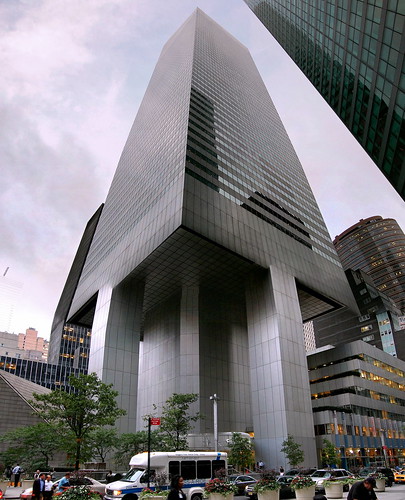What's an engineer's worst nightmare? To realize that the supports he designed for a skyscraper like Citicorp Center are flawed—and hurricane season is approaching.
 Image: Ignacio Vicent
Image: Ignacio Vicent
On a warm June day in 1978, William J. LeMessurier, one of the nation's leading structural engineers, received a phone call at his headquarters, in Cambridge, Massachusetts, from an engineering student in New Jersey. The young man, whose name has been lost in the swirl of subsequent events, said that his professor had assigned him to write a paper on the Citicorp tower, the slash-topped silver skyscraper that had become, on its completion in Manhattan the year before, the seventh-tallest building in the world.
LeMessurier found the subject hard to resist, even though the call caught him in the middle of a meeting. As a structural consultant to the architect Hugh Stubbins, Jr., he had designed the twenty-five-thousand-ton steel skeleton beneath the tower's sleek aluminum skin. And, in a field where architects usually get all the credit, the engineer, then fifty-two, had won his own share of praise for the tower's technical elegance and singular grace; indeed, earlier that year he had been elected to the National Academy of Engineering, the highest honor his profession bestows. Excusing himself from the meeting, LeMessurier asked his caller how he could help.
The student wondered about the columns—there are four—that held the building up. According to his professor, LeMessurier had put them in the wrong place.
"I was very nice to this young man," LeMessurier recalls. "But I said, 'Listen, I want you to tell your teacher that he doesn't know what the hell he's talking about, because he doesn't know the problem that had to be solved.' I promised to call back after my meeting and explain the whole thing."